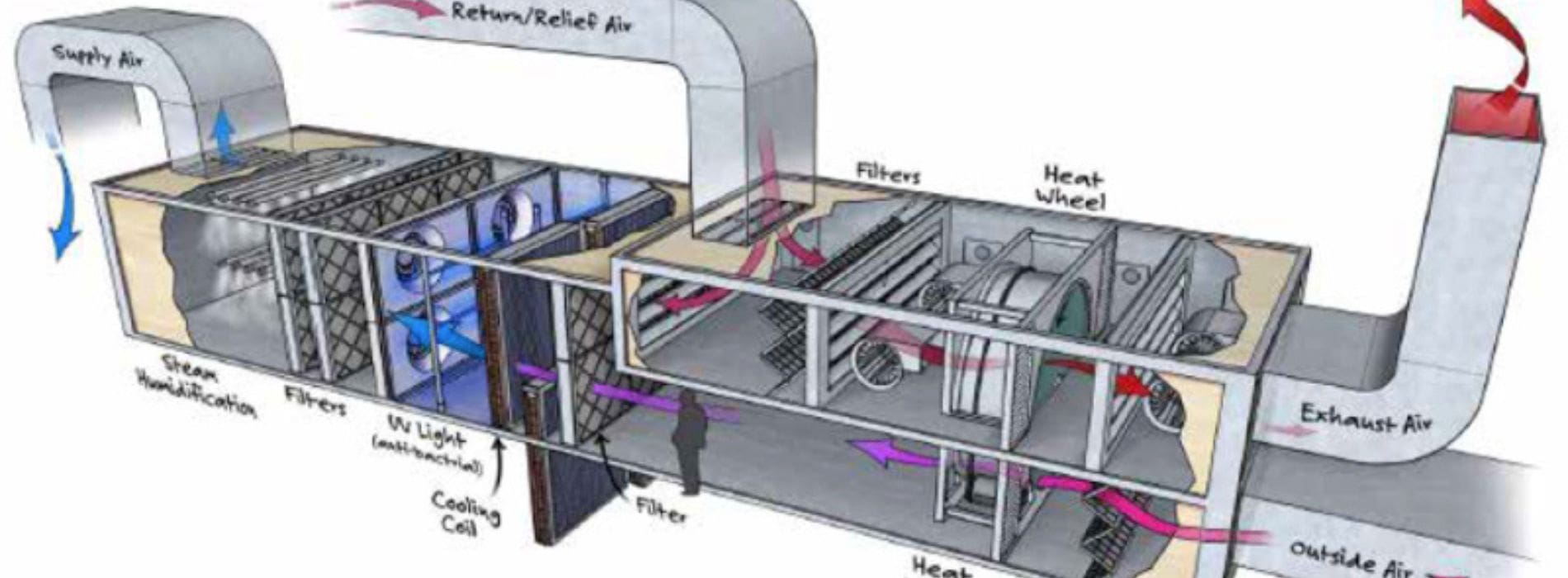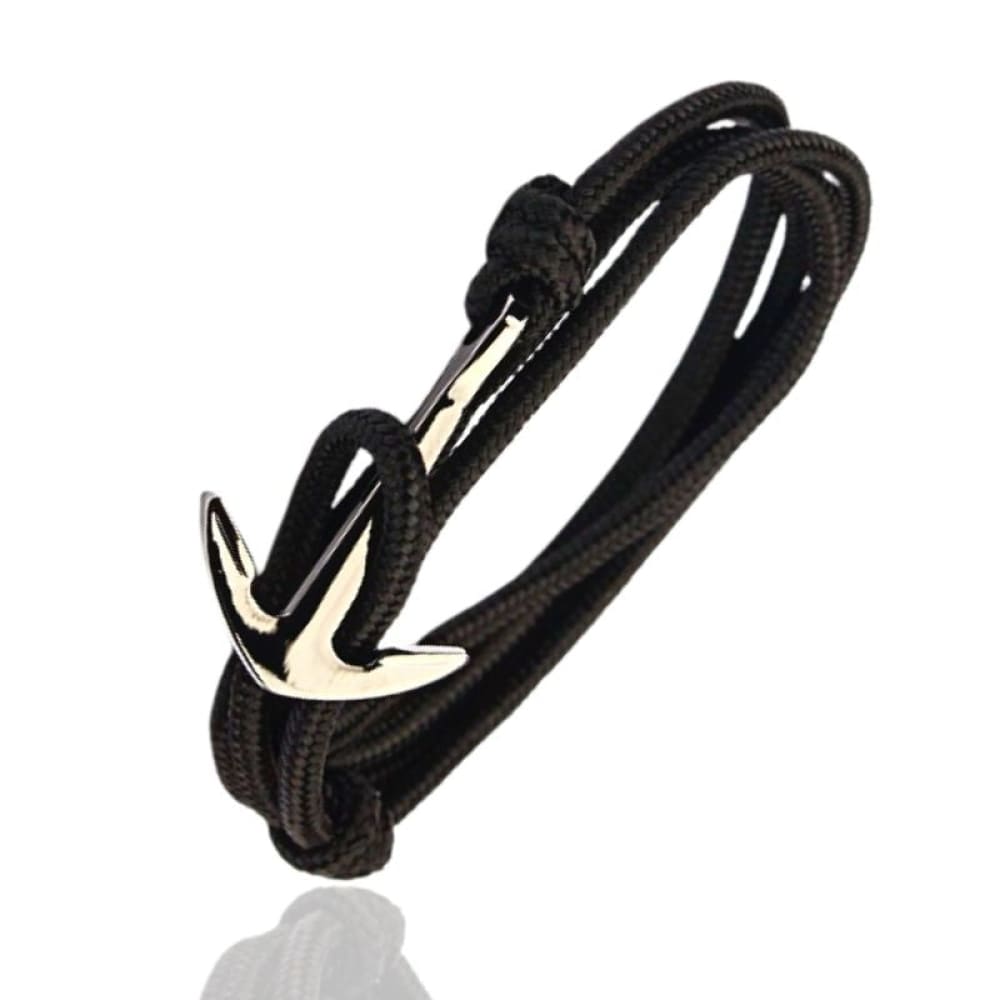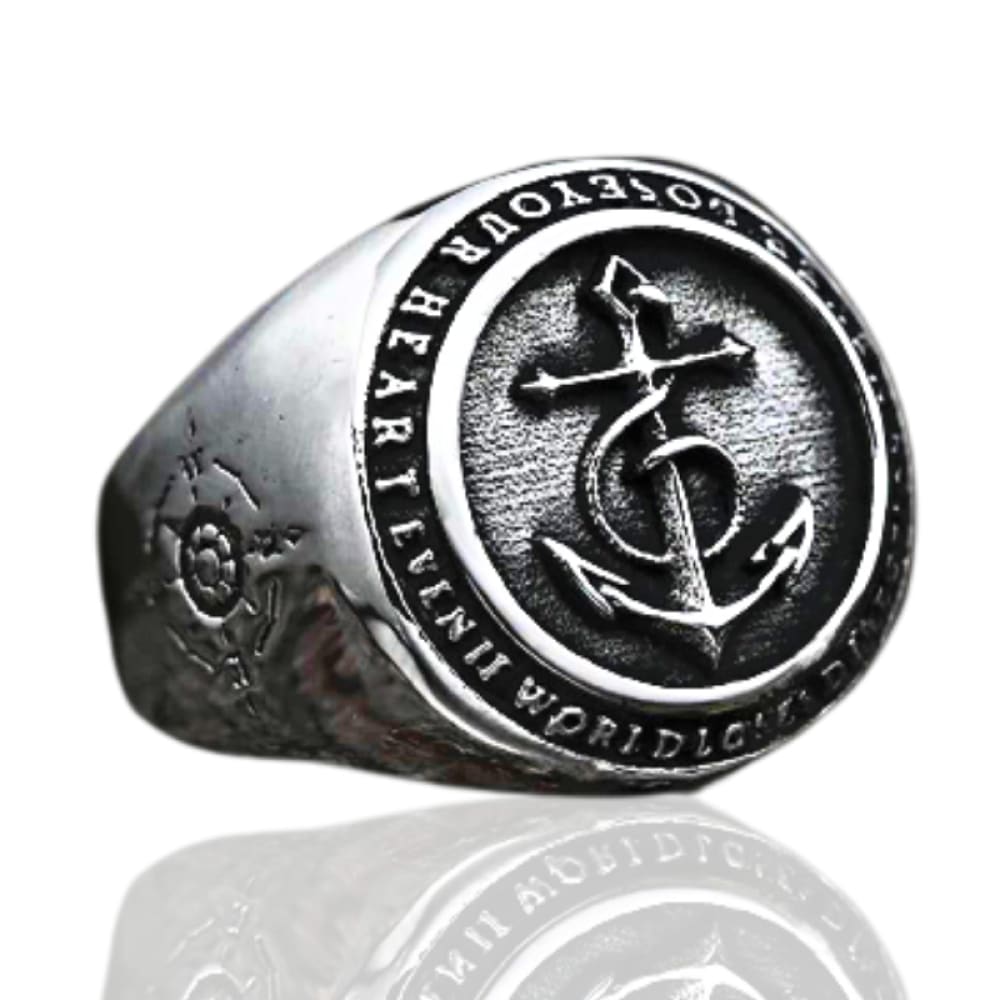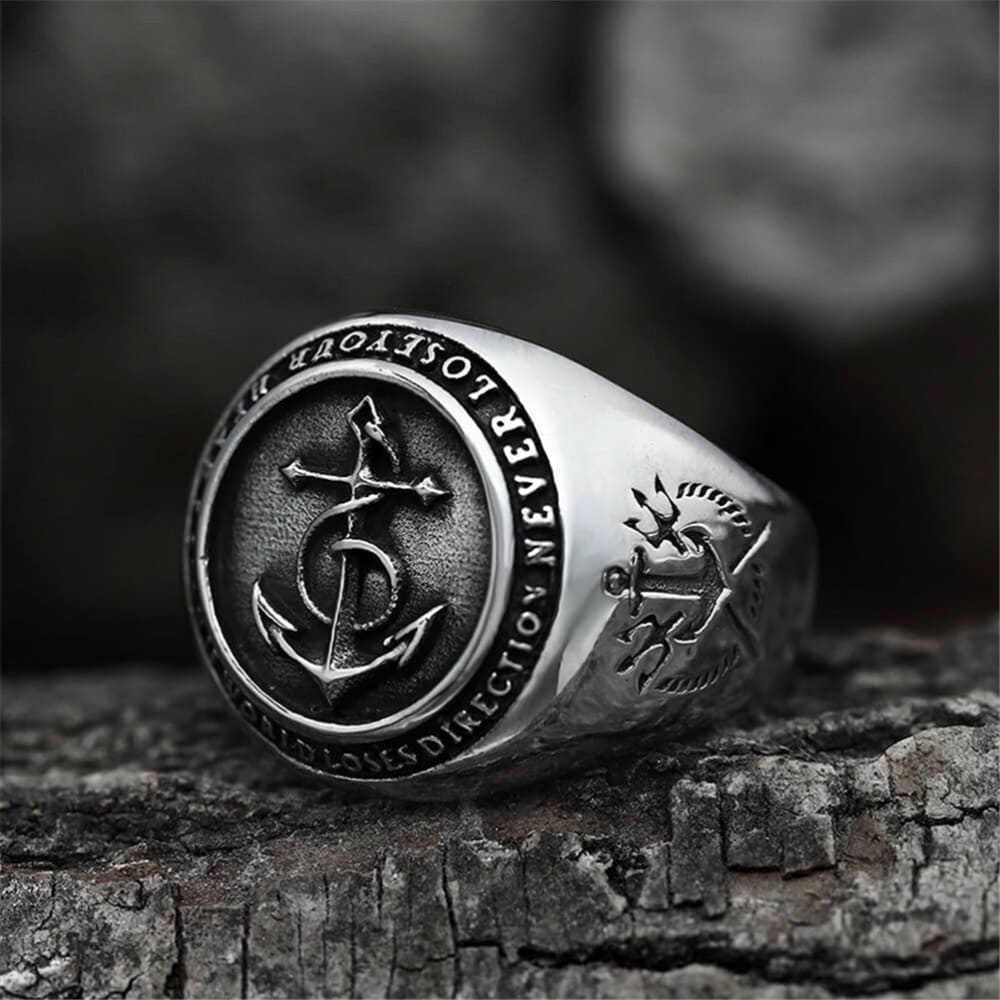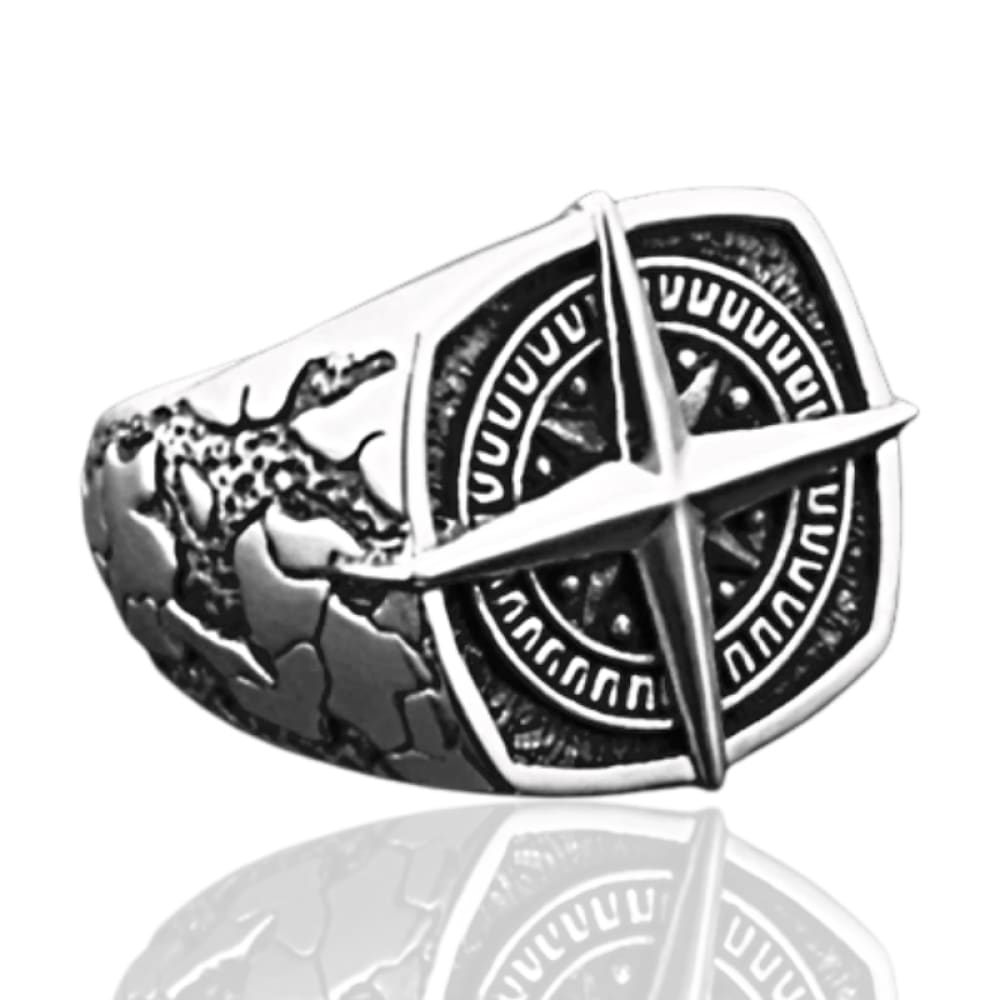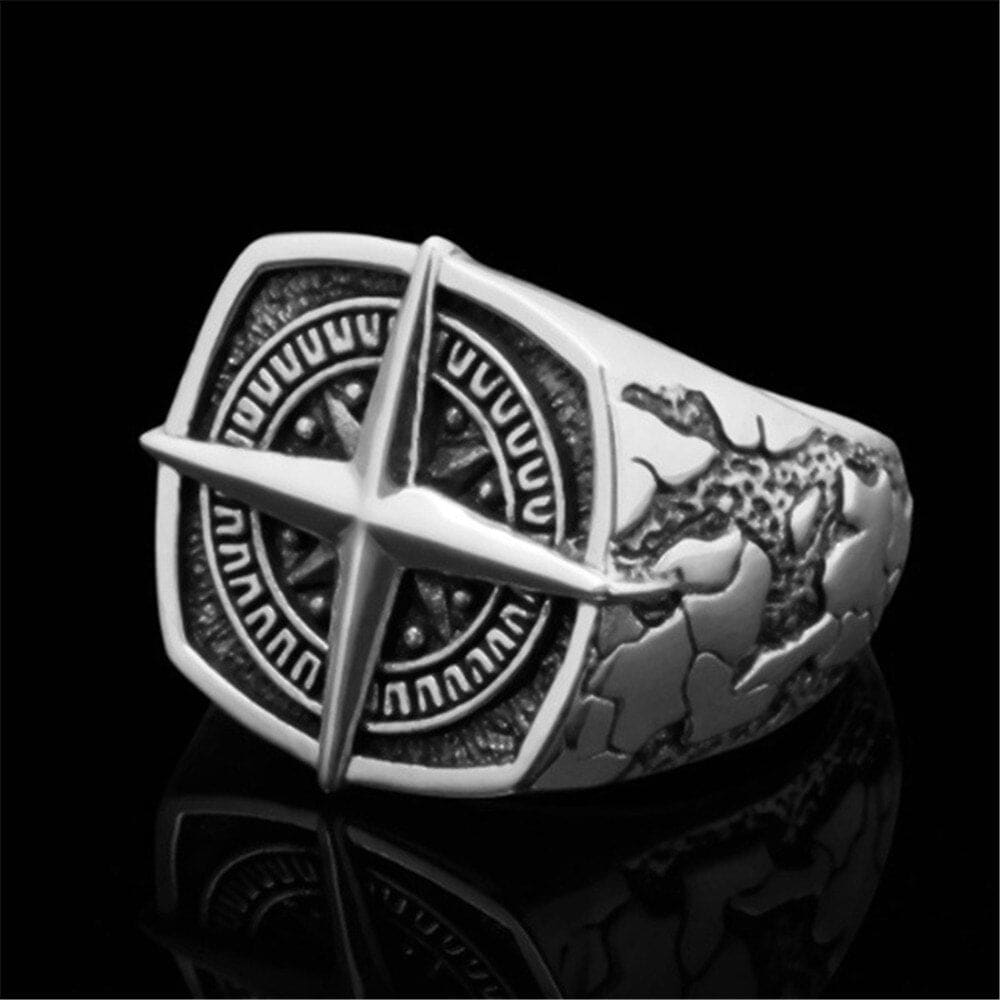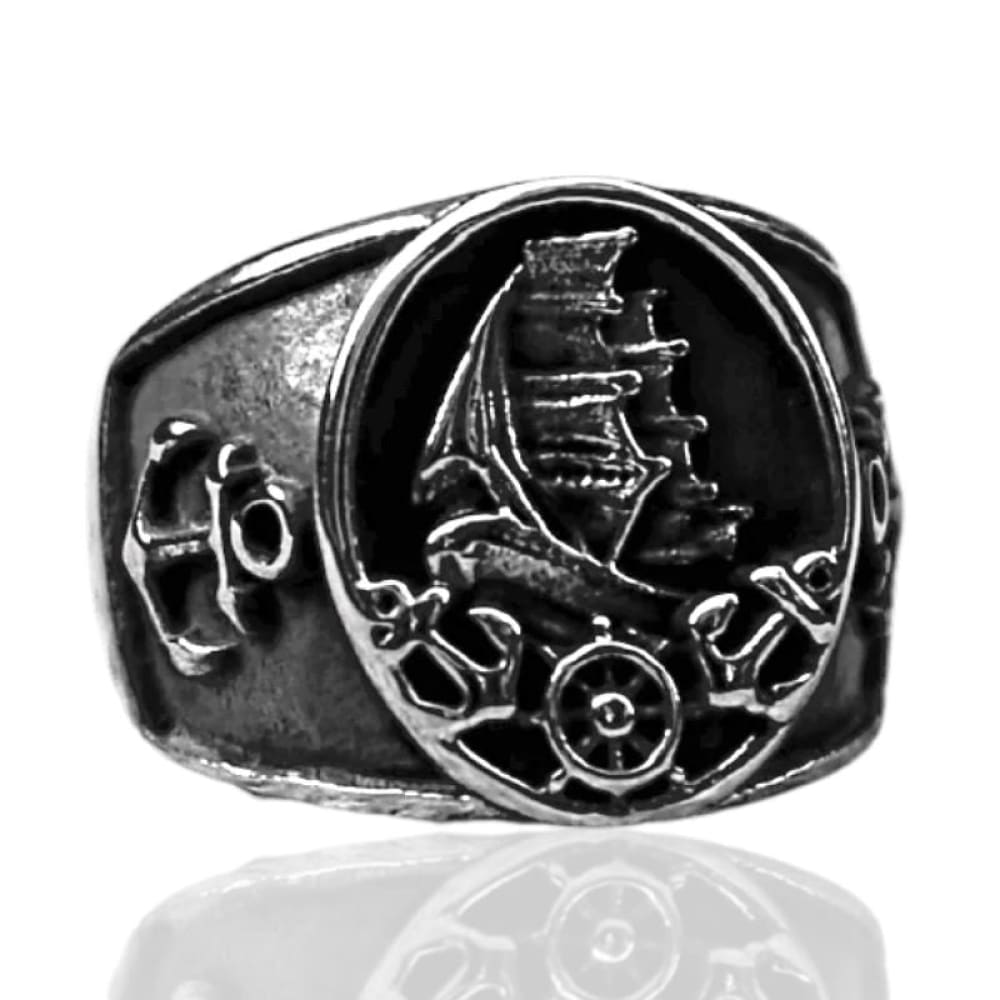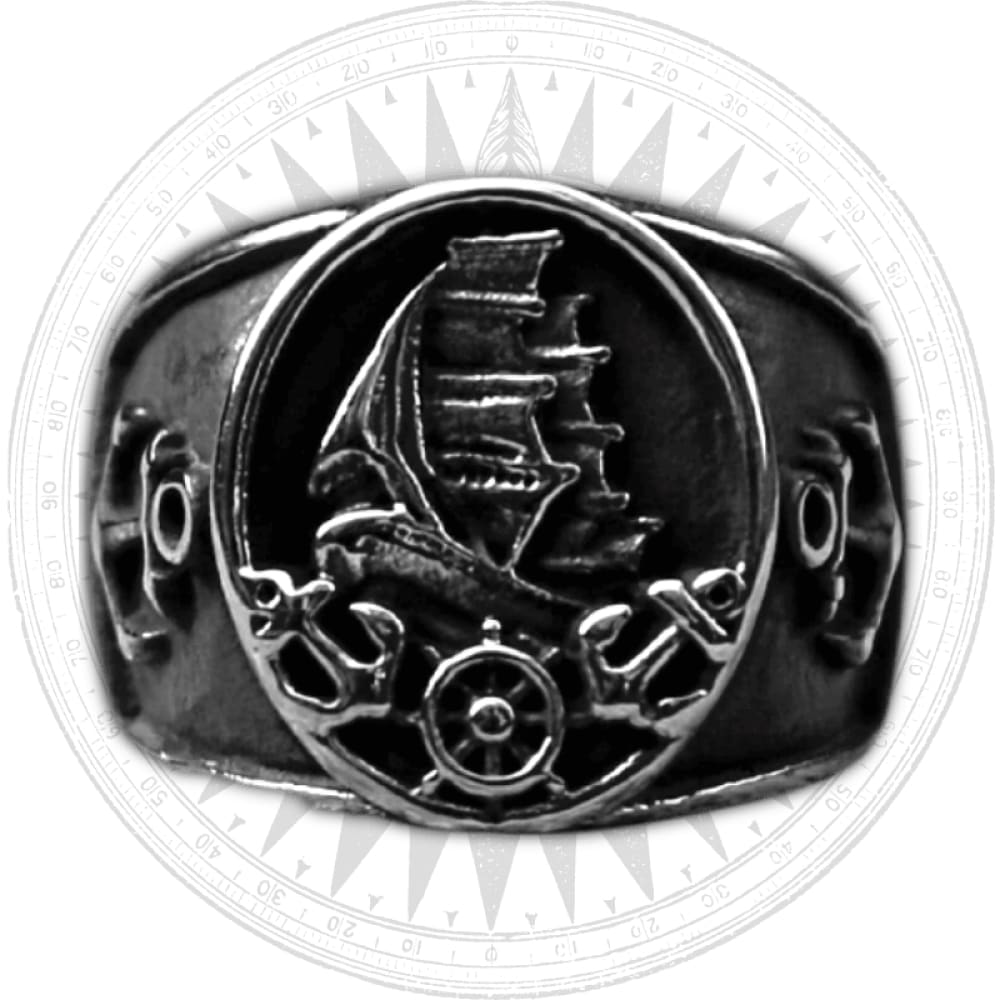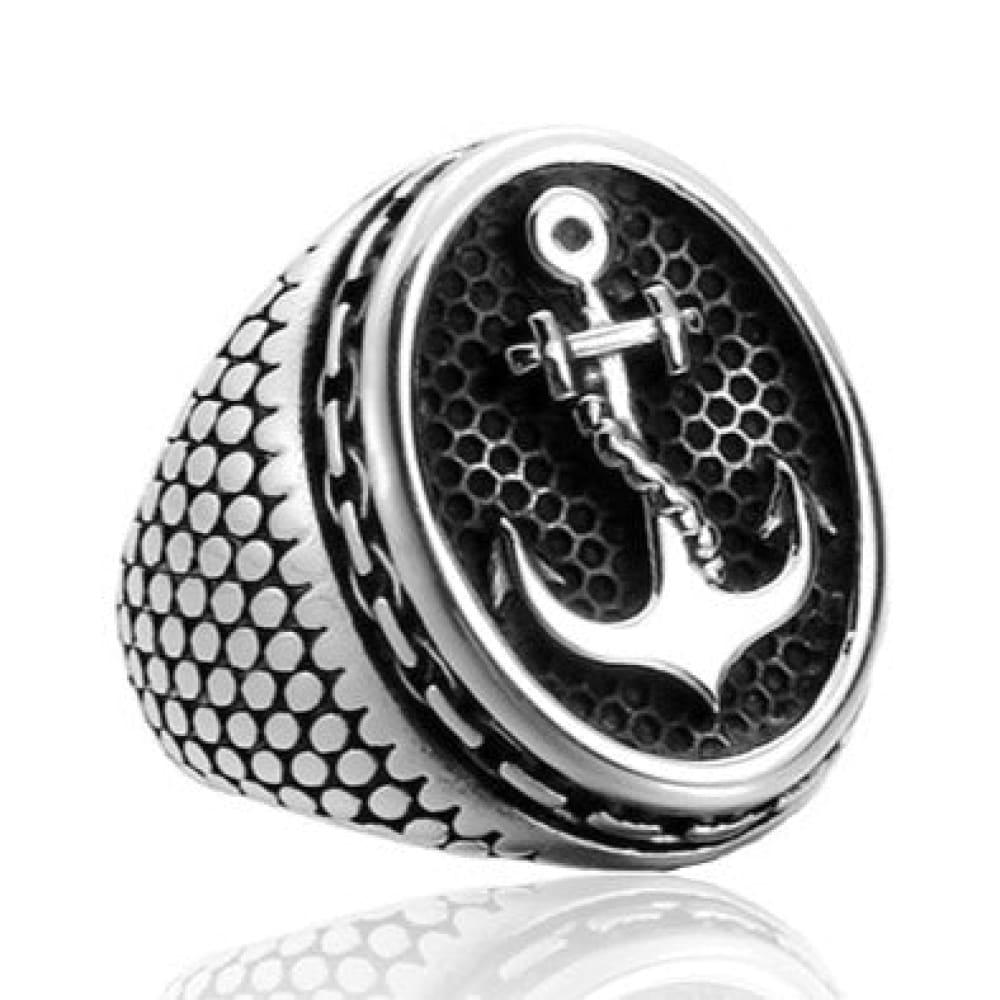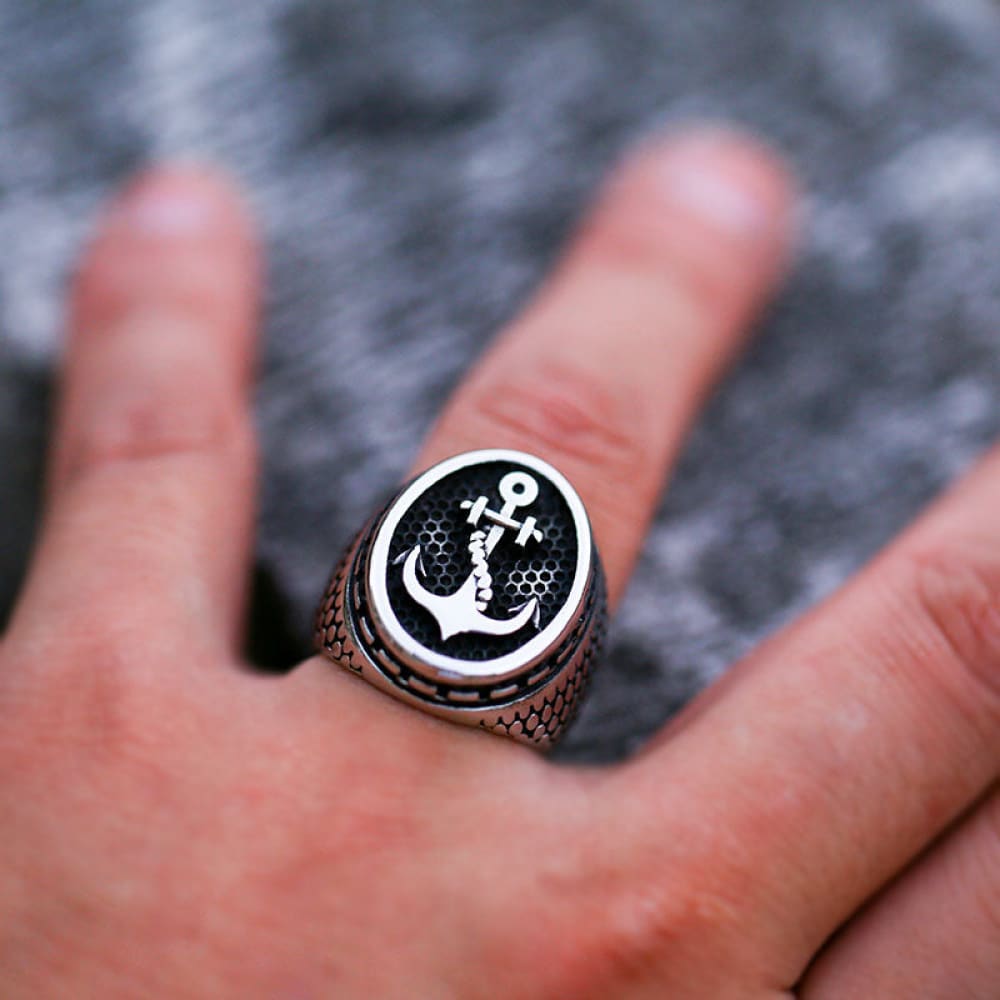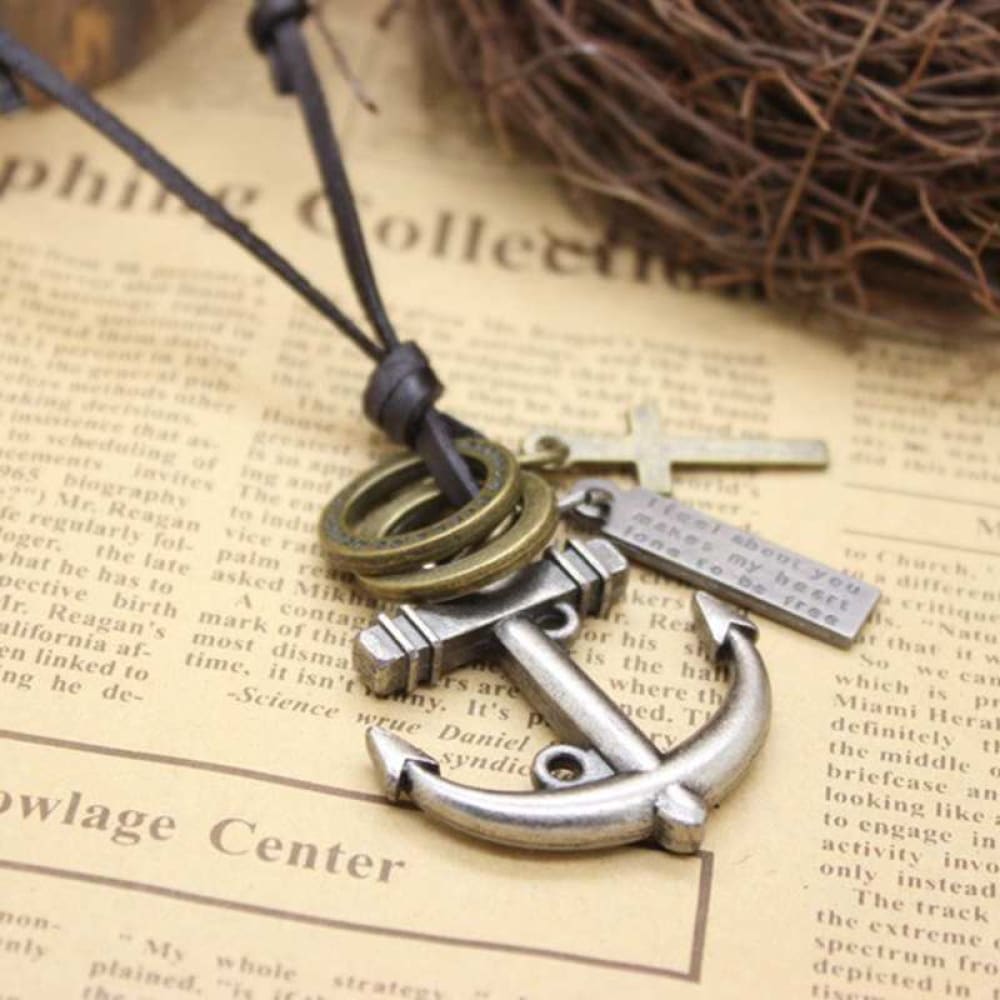How does cruise ship air conditioning work? Explained
Are you dreaming of setting sail on a luxurious cruise ship, basking in the sun and enjoying the cool sea breeze? As a passionate lover of the sea, you may be curious about the inner workings of these grand vessels. One crucial aspect that ensures a comfortable voyage for passengers and crew members alike is the ship's air conditioning system. In this article, we will delve into the fascinating world of cruise ship air conditioning and uncover the secrets behind it.
The basics of cruise ship air conditioning
Cruise ship air conditioning is a complex network of systems that work together to maintain a controlled and comfortable environment on board. The primary goal of these systems is to regulate the temperature, humidity, and air quality throughout the ship. To achieve this, cruise ships utilize a combination of HVAC (Heating, Ventilation, and Air Conditioning) systems and advanced technology.
One of the key components of cruise ship air conditioning is the central chiller plant. This plant consists of large chillers that cool the supply of chilled water, which is then circulated throughout the ship. The chilled water absorbs the heat from the air as it passes through the air handling units, which are strategically located in various areas of the ship.
The role of air handling units
Air handling units (AHUs) are responsible for conditioning the air and distributing it to different spaces on the ship. They consist of fans, filters, and cooling coils. The fans draw in the outside air, which then passes through the filters to remove any particulate matter or impurities. The filtered air then flows over the cooling coils, where it is cooled by the chilled water.
The cooled air is then distributed through a network of ducts, which carry it to different areas such as cabins, lounges, restaurants, and other public spaces. Each AHU is equipped with temperature and humidity sensors to ensure that the air meets the desired comfort levels set by the ship's management.
The importance of temperature and humidity control
Maintaining the right temperature and humidity levels onboard a cruise ship is crucial for the comfort and well-being of the passengers and crew. The ideal temperature range is typically between 20°C - 24°C (68°F - 75°F). Humidity needs to be controlled as well, as excessive moisture in the air can lead to condensation, mold growth, and discomfort. To keep humidity levels in check, cruise ships utilize sophisticated dehumidification systems in addition to their air conditioning systems.
These dehumidification systems, often referred to as desiccant dehumidifiers, use moisture-absorbing materials to remove excess humidity from the air. This ensures that the air circulating on the ship remains dry and comfortable, preventing any potential damage to the ship's structure or discomfort to the passengers and crew.
The environmental impact of cruise ship air conditioning
As much as cruise ship air conditioning plays a vital role in creating a pleasant onboard environment, it also has an impact on the environment. The large-scale energy consumption required to power these systems contributes to carbon emissions and exacerbates the challenges of global warming.
However, cruise lines are becoming increasingly aware of the need to reduce their environmental footprint. Many are investing in energy-efficient technologies and exploring alternative sources of power such as liquefied natural gas (LNG) and shore power connections. These initiatives aim to mitigate the environmental impact of cruise ship operations and create a more sustainable future for the industry.
The future of cruise ship air conditioning
Looking ahead, cruise ship air conditioning systems are likely to continue evolving and improving. Advancements in HVAC technology, energy management, and digitalization are providing new opportunities to enhance efficiency, reduce emissions, and improve passenger comfort.
Some of the emerging trends include the use of smart sensors and energy monitoring systems to optimize energy consumption, the integration of renewable energy sources, and the development of new refrigerants with lower global warming potential. These innovations hold promise for reducing the environmental impact of cruise ship air conditioning while enhancing the overall guest experience.
Final thoughts
Now that you have a better understanding of how cruise ship air conditioning works, the next time you embark on a voyage, you can appreciate the behind-the-scenes efforts to create a comfortable environment onboard. As technology continues to advance and sustainability becomes a top priority, the future of cruise ship air conditioning looks promising. Bon voyage!

